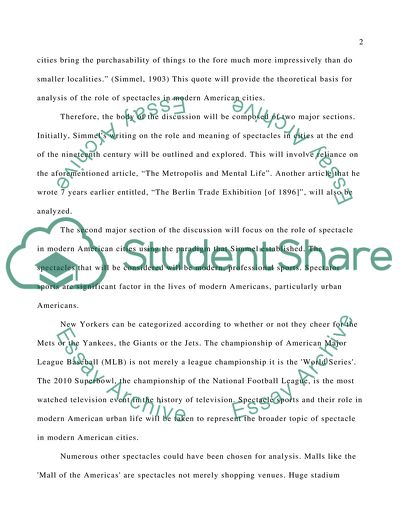Cite this document
(“The Economic Super-Structure of the Spectacle: the Relationship Research Paper”, n.d.)
The Economic Super-Structure of the Spectacle: the Relationship Research Paper. Retrieved from https://studentshare.org/culture/1747089-urban-culture
The Economic Super-Structure of the Spectacle: the Relationship Research Paper. Retrieved from https://studentshare.org/culture/1747089-urban-culture
(The Economic Super-Structure of the Spectacle: The Relationship Research Paper)
The Economic Super-Structure of the Spectacle: The Relationship Research Paper. https://studentshare.org/culture/1747089-urban-culture.
The Economic Super-Structure of the Spectacle: The Relationship Research Paper. https://studentshare.org/culture/1747089-urban-culture.
“The Economic Super-Structure of the Spectacle: The Relationship Research Paper”, n.d. https://studentshare.org/culture/1747089-urban-culture.


